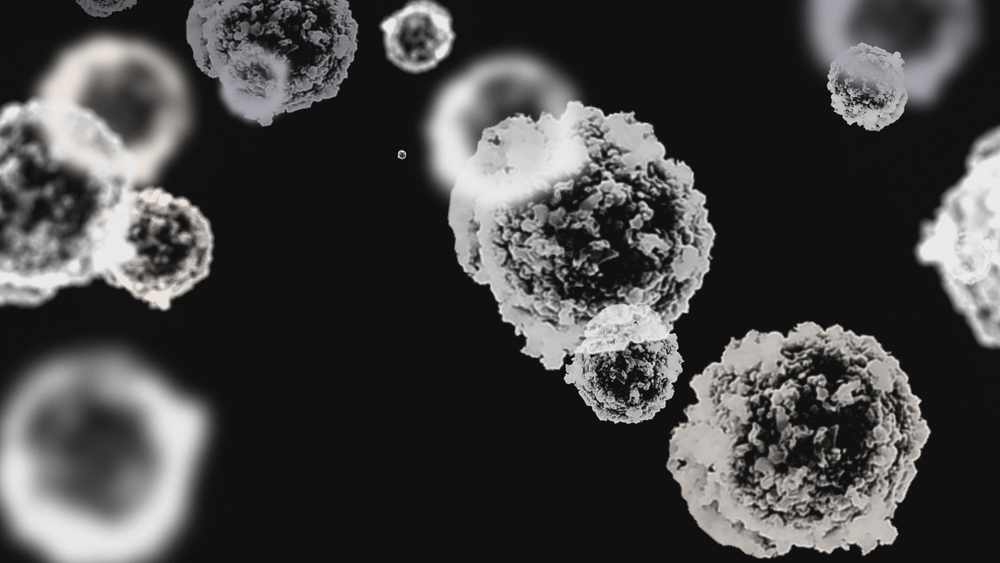Multidisciplinary CRE team is awarded $2.5million to mitigate airborne threats to health
Professor Con Doolan and Dr Charitha de Silva from the School of Mechanical and Manufacturing Engineering will research airborne threats to health with a multidisciplinary team - BREATHE.


